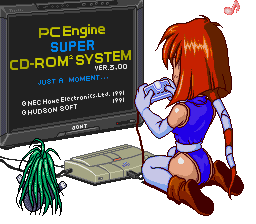Quote from: nopepper on 03/26/2017, 02:22 PMI like how the Turbo looks with that purple LED and I would love to see something like this done in a Coregrafx.I did mention it at the end of my first post, and you're correct, it has to be powered on first to see the LED . . . but at least it will always act as a power On indicator light for the console.
Having said that, won't you need to power on the system in order for the LED light to signal the selected region? If so, then this mod is not very practical, but still cool aesthetically.
True though, with the current state it's not practical as a region indicator prior to the unit being turned on for at least a second. However, even if it can't in any way harm the console itself or a Hucard if the card is already inserted and the system is then powered up with the wrong region selected, for whatever reason, I just don't like doing it, lol.
So before inserting the Hucard, if I can't remember which region is selected, I'll just flip the power switch On then Off again to see the LED color, then make the necessary change to the region selector switch if I need to for the Hucard game I'm about to insert and play. I know, I could just use a colored Sharpie or make a mark on the console above or below the actual switch to indicate region selection too, then all of this is moot . . . but as you said, the LED is more aesthetically pleasing!



](/forums/Smileys/default/eusa_wall.gif)


 , but I it looks like I'm just about alone on this one, bummer.
, but I it looks like I'm just about alone on this one, bummer. 


